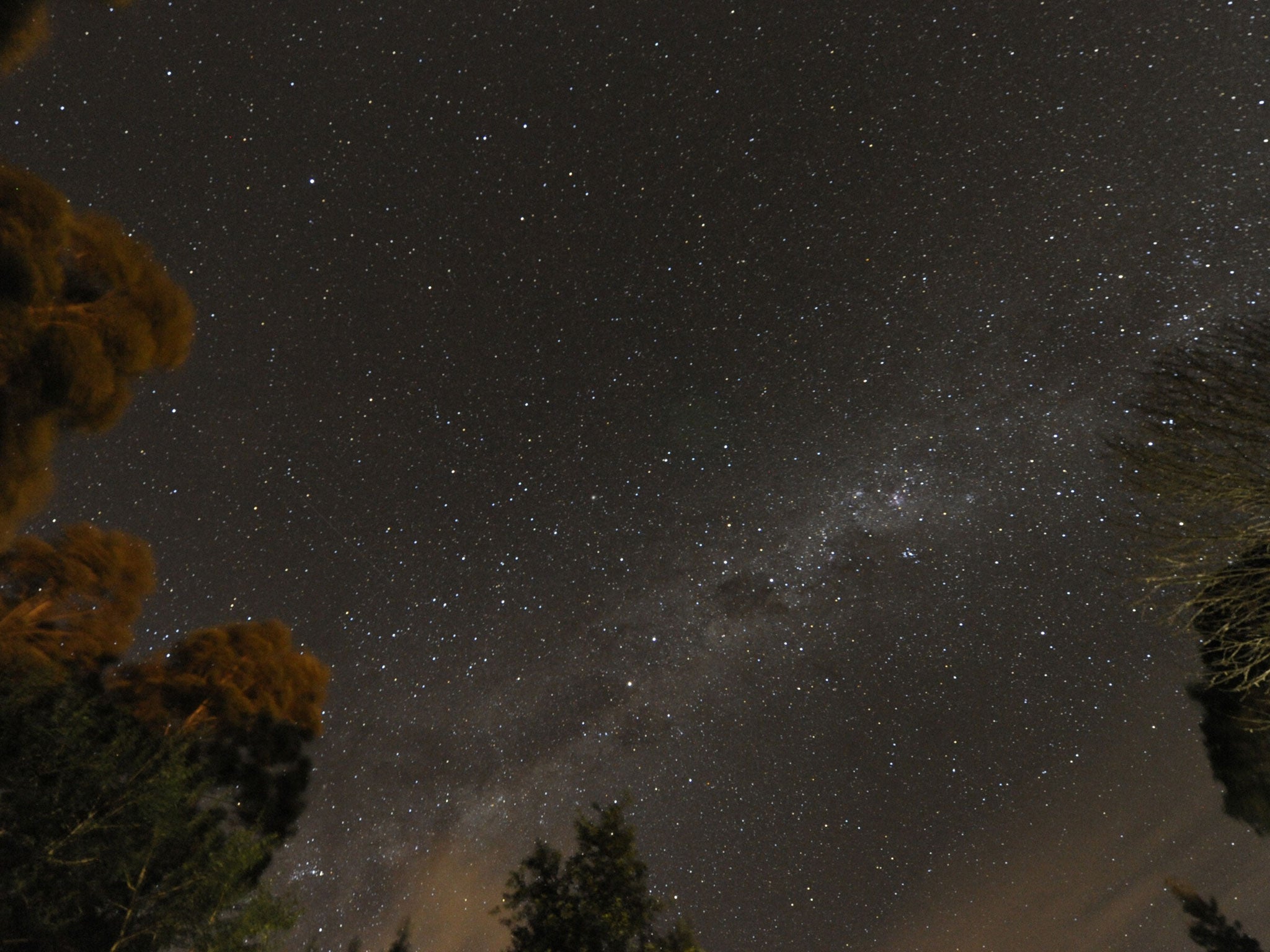Milky Way 'teeming with billions of Earth-like planets capable of supporting life'
'Nearest Sun-like star with Earth-size planet in its habitable zone is probably only 12 light years away' says scientist

The Milky Way galaxy is teeming with Earth-like planets that are not too hot and not too cold for liquid water to exist at their surface - and so be capable of supporting life, a study has found.
Astronomers have calculated that about one in every five of the billions of Sun-like stars in our galaxy has at least one rocky planet orbiting them at a distance where water is neither frozen solid nor boiled dry.
Knowing how many rocky planets are in the so-called Goldilocks zone - neither too hot, nor too cold - was one of the central goals of the Kepler satellite mission to estimate the total number of "exoplanets" existing beyond the Solar System.
The latest estimate, based on Kepler data, is the most accurate assessment so far of the number of potentially habitable planets in our own galaxy of between 100bn and 400bn stars.
"What this means is, when you look up at the thousands of stars in the night sky, the nearest Sun-like star with an Earth-size planet in its habitable zone is probably only 12 light years away and can be seen with the naked eye. That is amazing," said Erik Petigura of the University of California, Berkeley, who led the research.
The now-defunct Kepler space telescope, launched in 2009, was designed to detect the tiniest changes in a star's brightness as an orbiting planet crosses in front of it. The signal had to be highly repeatable to confirm the existence of an orbiting planet.
The Kepler scientists reported about 3,000 planetary "candidates", estimated by taking photographs every 30 minutes of about 150,000 stars. Many of these planets are much larger than Earth and unsuitable for water and life, such as gaseous giants like Jupiter or those with thick atmospheres like Neptune, or hot planets that orbit much too close to their star.
"This number - that every fifth star has a planet somewhat like Earth - is really important, because successor missions to Kepler will try to take an actual picture of a planet, and the size of the telescope they have to build depends on how close the nearest Earth-size planets are," said Andrew Howard of the University of Hawaii.
The scientists focussed on 42,000 stars that are similar in size and temperature to our own Sun. They found 603 planets orbiting these stars, but only 10 of them were the in the same size-range as Earth and with an orbit suitable for liquid water
The scientists scaled up their analysis to provide a total estimate for the entire galaxy and tested their computer algorithms with fake planets, which were designed to see how many planets were being missed in their analysis.
"What we're doing is taking a census of extrasolar planets, but we can't knock on every door. Only after injecting these fake planets and measuring how many we actually found, could we really pin down the number of real planets that we missed," Dr Petigura said.
It is likely that many of the Earth-size planets in the analysis are still not suitable for life even though they fall in to the habitable zone. Mars and Venus, for instance, are not presently habitable, although liquid water may have existed on them in the past.
"Some may have thick atmospheres, making it so hot at the surface that DNA-like molecules would not survive. Others may have rocky surfaces that could harbour liquid water suitable for living organisms," Professor Geoffrey Marcy at Berkeley.
"The primary goal of the Kepler mission was to answer the question: when you look up in the night sky, what fraction of the stars that you see have Earth-size planets at lukewarm temperatures so that water would not be frozen into ice or vaporised into steam?" Professor Marcy said.
The focus on liquid water is critical because it is widely thought that it is a prerequisite for life, said Professor Marcy, who collaborated on the study published in the journal Proceedings of the National Academy of Sciences.
"Until now, no one knew exactly how common potentially habitable planets were around Sun-like stars in the galaxy," he said.
Subscribe to Independent Premium to bookmark this article
Want to bookmark your favourite articles and stories to read or reference later? Start your Independent Premium subscription today.

Join our commenting forum
Join thought-provoking conversations, follow other Independent readers and see their replies